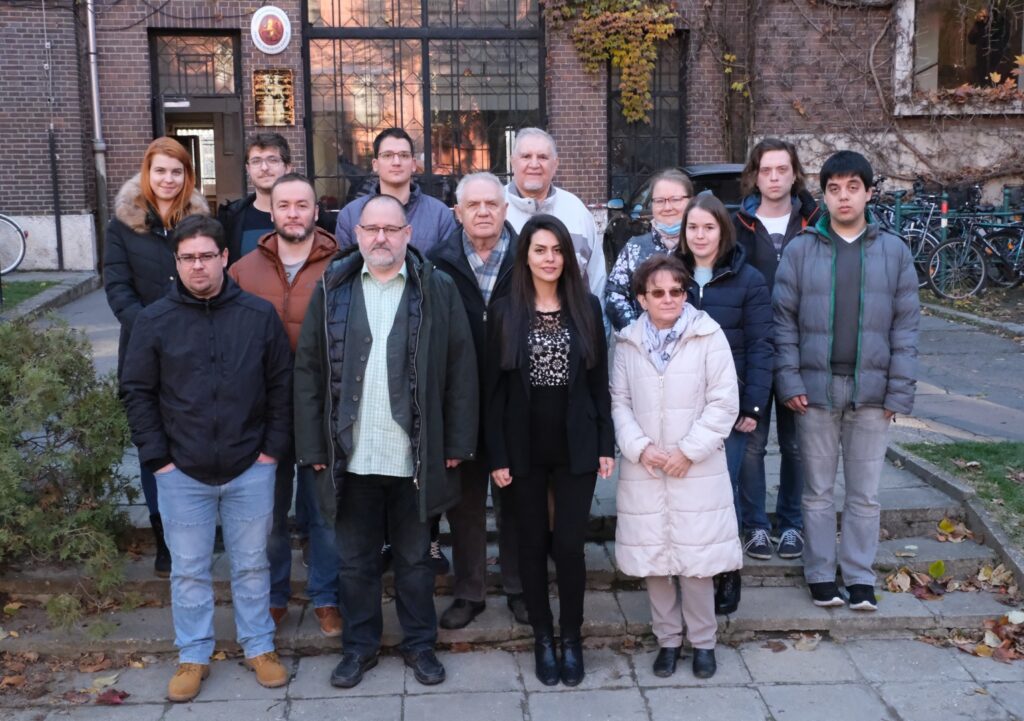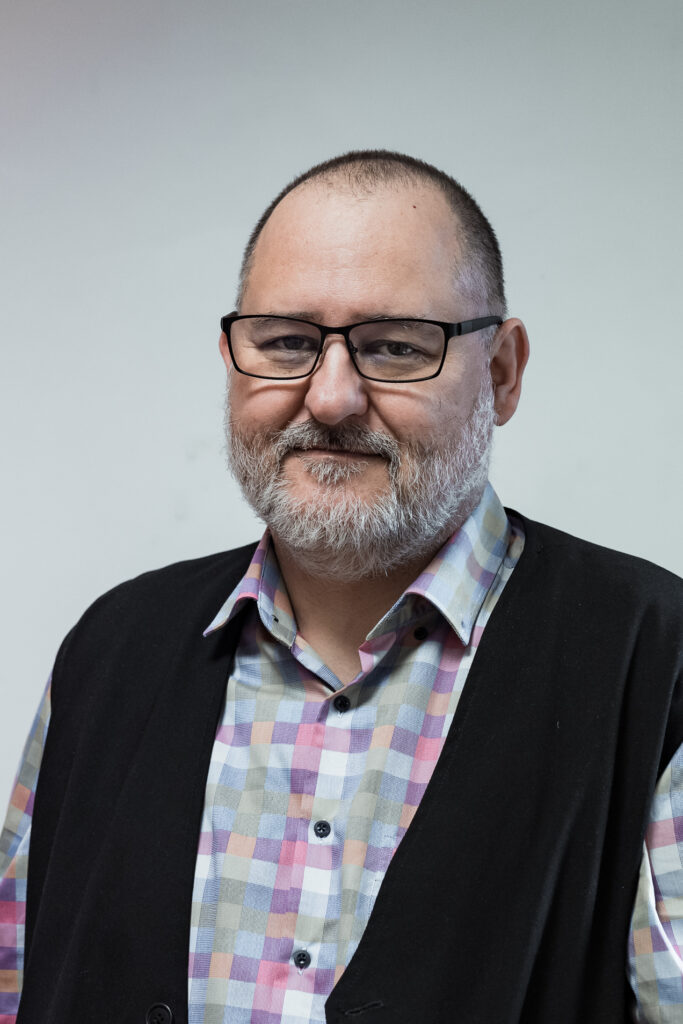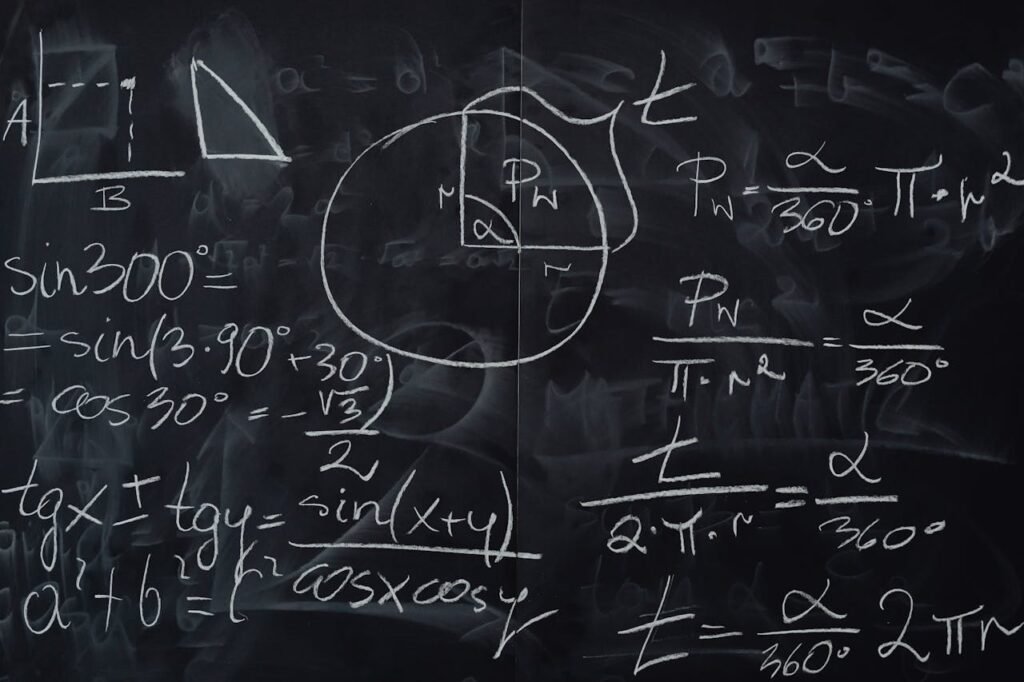Renewable energy carrier production on low-dimensional model catalysts
Reducing anthropogenic carbon emissions is one of the most important environmental challenges of our time. One of the ways we can contribute to this effort is by using “climate neutral” energy carriers, such as hydrogen and alkane derivatives produced from renewable energy sources using thermal and electrocatalytic methods. This means both the production of “green” hydrogen and the conversion of already released carbon dioxide by thermal, electro- and/or photocatalytic means. However, thermal and electrocatalysis are currently two distinct disciplines, with limited overlap in the theoretical/mechanistic descriptions on which they are based. We therefore aim to contribute to the foundations of catalysis with our surface chemistry and heterogeneous catalysis results; namely, to address thermal and electrocatalysis within a unified framework. This requires a connection between catalytic reactions under largely different reaction conditions, driven by seemingly different driving forces.
Our research group is conducting surface chemistry and heterogeneous catalysis studies to unify the two domains on a system that exhibits activity in both environments. Based on the decades of experience of our research group, we have chosen the boron-nitrogen-carbon (B-N-C) ternary system, known catalysts and catalyst supports in thermal and electrocatalysis. As test reactions, CO2 hydrogenation, electrochemical water splitting (HER, OER) and electrochemical nitrate reduction (NO3RR) will be investigated, which are expected to play an important role in the production of “green” energy carriers. The main product of the latter is ammonia, one of the most important feedstocks for the modern chemical industry, while the Haber-Bosch synthesis used to produce it alone accounts for 1-2% of annual global energy consumption. Moreover, ammonia is a promising energy vector, with hydrogen stored in its chemical bonds.

The detailed studies of the surface chemical and thermal catalytic properties of systems active in CO2 conversion and the production of H2 and NH3 is carried out in a unique research group in Hungary, where, in addition to the determination of the atomic-scale structure and morphology of catalytically active surfaces (STM, SEM, TEM, XRD), their chemical and elemental analysis (XPS, AES, LEIS) can be done as well. This will be complemented by vibrational spectroscopic investigations (Kelvin probe, FTIRS, DRIFTS, HREELS, Raman) of surface adsorbates and catalyst supports, and analysis of gas phase products of thermal catalytic reactions (MS, TDS, GC). Experimental results will be supported by theoretical calculations to gain a deeper understanding of the surface processes.
The long-term goal is to design catalysts of high selectivity to produce promising future energy carriers. The results will be integrated into the university curricula, continuing the close relationship between our research group and the University of Szeged. Considering the high public interest in the topic, our major discoveries will be communicated to the general public in an understandable way, fostering a deeper understanding of scientific advancements.




